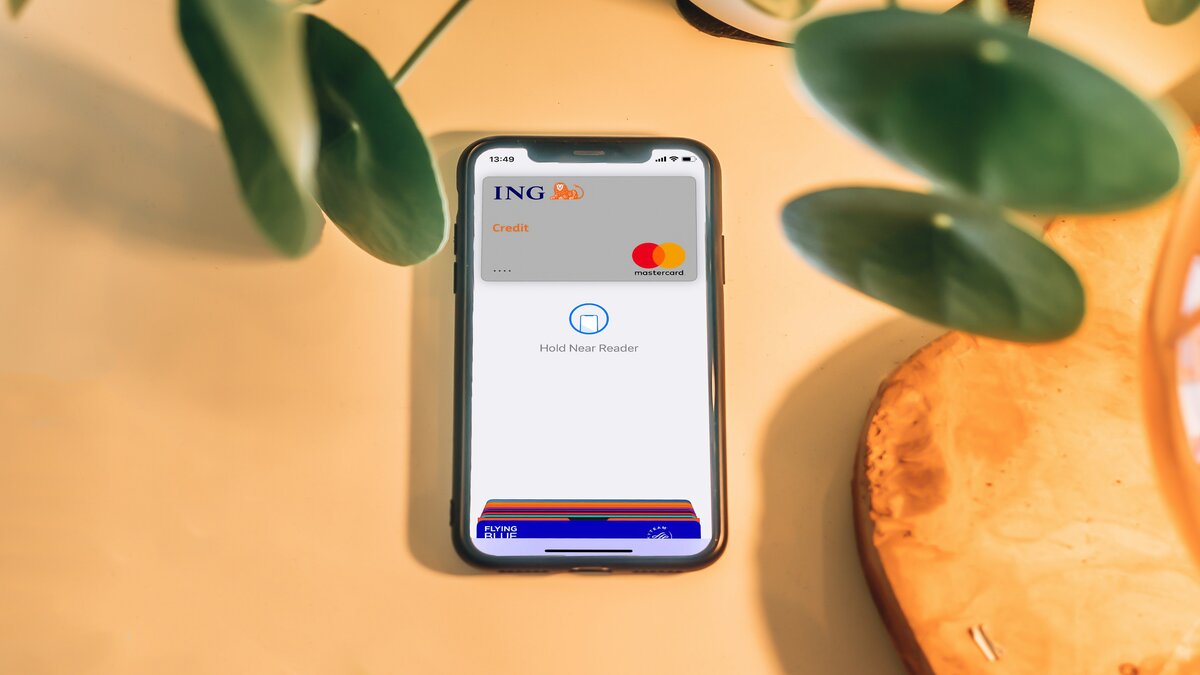Savings accounts for under 18s have seemingly surged in popularity recently, with one bank reporting a doubling in the number of its youth accounts since 2021.
Great Southern Bank says there’s been a 350% rise in the number of its Youth eSaver accounts over the past five years.
As Australia turns increasingly cashless (just 13% of in-person payments in 2022 were made with cash according to the RBA), more and more parents are choosing to familiarise their children with digital banking as early as possible.
Great Southern Bank’s Youth eSaver account explained
The Great Southern Bank (GSB) Youth eSaver is an online savings account for newborns to 17-year-olds. Parents or guardians can open an account on behalf of their child, but children over 10 can also open an account themselves. After turning 18, the account holder can transfer their balance to the Goal Saver account.
As of March 2024, the Youth eSaver account has an unconditional interest rate of 5.50% p.a on balances up to $5,000. This isn’t just the highest rate available for under 18s, but the highest ongoing unconditional rate available for any savings account product in Australia, per Savings.com.au’s market research. For balances that exceed $5,000 though, the rate drops to 1.00% p.a.
Unlike some other equivalent products, the maximum rate on the Youth eSaver is available with no minimum monthly deposit requirements or withdrawal restrictions.
Great Southern Bank’s head of product Barbara O’Connor-Nash said keeping the account unconditional was important to keep the Youth eSaver accessible to all.
“We designed our youth accounts to help give kids a good start on their savings journey. This means encouraging healthy savings habits, regardless of whether they can contribute a smaller or larger amount to their savings account,” she told Savings.com.au.
According to Great Southern Bank, the average balance for children aged between five and nine is $2,323, while the average 18-year-old has $3,388.
Teaching your children about money
For early primary school children, a savings account in their name is likely more of a nest egg than the child’s own savings. As kids grow up though, perhaps getting a part time job and earning for themselves to supplement their balance, these youth savings accounts may end up linked to a transaction account like GSB’s Everyday Youth Account.
“As children become older, they tend to make more frequent deposits, often due to part time jobs, and there are more payments in and out as they learn to save and spend,” Ms O’Connor-Nash told Savings.com.au.
While introducing your children to the concept of saving through products like the Youth eSaver can be a great place to start, it’s also important to ensure they are savvy enough to see the value in allowing their money to grow. Thirteen-year-olds don’t tend to be renowned for their long-term planning and critical thinking skills, and it isn’t hard to imagine that some children’s savings are exchanged for video games and clothes as soon as the opportunity arises.
These are a few of the concepts it might be worth running your kids through once they are old enough to understand.
Interest
Youth savings accounts can be a great way to illustrate that money can grow over time without your child lifting a finger. You could sit down with them and explain how $100 into the Youth eSaver becomes $105.50 after one year (at current rates), then $111.3 after two years and so on. For older children, this might even be a good time to explain how inflation works, and that unless your savings are earning interest at a rate higher than annual inflation, purchasing power is going backwards.
Long term goals and considered spending
While it can be difficult for children to look beyond even the next few hours, building strong savings habits early on can mean your child is able to make big, adult purchases earlier. If you can get your son or daughter excited about buying a car or a post-high-school-graduation holiday when they turn 18, it can be a great incentive for them to be a bit more considered with their spending.
Great Southern Bank also suggests incentivising saving habits by matching what your child saves dollar for dollar, or rewarding them for reaching significant milestones (say a balance of $1,000).
Budgeting
Sometimes, long term goals make children think twice before spending what they earn, but it might be unrealistic to expect children not to make any purchases you as an adult would consider frivolous.
Introducing them to budgeting is one possible compromise. Take the 50/30/20 rule for example: 50% on expenses, 30% on wants, 20% on saving. While presumably your children aren’t responsible for household expenses like groceries, there might be alternative splits you can pitch: say 50% on saving and 50% on spending.
A real parent’s advice
Stephane Chard has two children under six-years-old that she decided to educate on finance as early as possible.
“I was very fortunate to grow up in a family that valued financial literacy and positive money management, and I wanted to provide my children with the same opportunity,” she said.
She has several practical suggestions that parents could consider implementing in their own households.
Give extra earning opportunities
Ms Chard recommends parents set up opportunities for their children to earn additional money based on the work they put in.
“For instance, they could oversee collecting bottles and cans every week for ‘return & earn’, seeing the financial benefits of the work they put into the task,” she said.
In nearly every state and territory, eligible used cans and bottles can be returned to refund points for $0.10 each.
Understand that most things cost money
Most adults will agree that they didn’t fully appreciate the cost of basic amenities like electricity and water until they were the ones paying the bill. Ms Chard says she speaks to her children about their electricity use, discussing what’s essential and what isn’t.
“It helps them to understand that everything has monetary value, even the simple things we take for granted,” she explained.
Selling before spending
Ms Chard’s other suggestion was that when children want a new accessory, piece of clothing or toy, you could suggest to them funding the purchase by selling something they no longer use or need.
“If suitable, discuss with them the option of re-selling an item on a platform like Facebook Marketplace,” she said.
“They will start to not only understand the concept of financial exchange, but it educates them on being financially savvy for the future.”
Savings.com.au’s two cents
Having basic financial literacy skills is a major advantage you can pass on to your children as they enter adulthood. A study from Allianz in 2023 found more than 25% of Australians lacked the knowledge or skills to make sound financial decisions, so it’s clearly often a gap in children’s learning. Youth savings accounts can be a great way to teach your children the basics, as well as help them to build a bit of a stockpile to support them once they leave the nest. The generous interest rates are an added bonus.
Picture by Fabian Blank on Unsplash



 Denise Raward
Denise Raward

 Harry O'Sullivan
Harry O'Sullivan

 Jacob Cocciolone
Jacob Cocciolone

